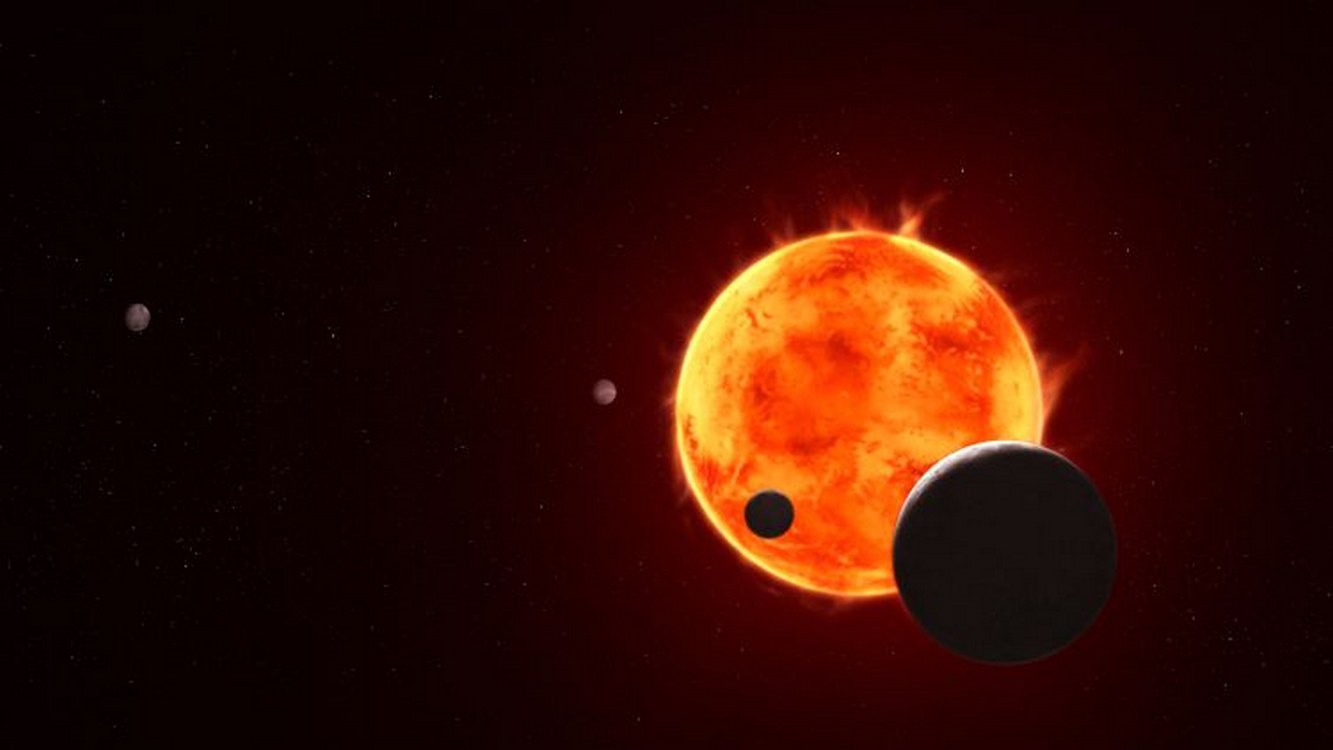| IN A NUTSHELL |
|
The discovery of a potential new exoplanet orbiting Alpha Centauri A by the James Webb Space Telescope (JWST) has sparked significant interest in both scientific and public circles. This finding, located just four light-years away from Earth, offers a unique opportunity to study planetary systems beyond our own. Although the candidate is a gas giant, and thus unlikely to support life as we know it, its proximity to a sun-like star makes it a compelling subject for further research. The implications of this discovery could reshape our understanding of planetary formation and evolution in nearby star systems.
The Use of Advanced Technology in Exoplanet Discovery
The James Webb Space Telescope has been instrumental in this groundbreaking discovery. Utilizing its Mid-Infrared Instrument (MIRI), the telescope has been able to capture images of the Alpha Centauri system with unprecedented clarity. The use of a coronagraphic mask was essential in this process, as it allowed astronomers to significantly reduce the glare from the stars, enabling the detection of fainter objects like potential planets.
By imaging the Alpha Centauri system, JWST revealed a possible exoplanet that is approximately 10,000 times fainter than Alpha Centauri A. This technological prowess underscores the telescope’s capacity to observe celestial bodies that were previously obscured or too faint for detection with older instruments. As a result, the JWST is paving the way for new insights into planetary systems beyond our solar system.
Implications of a Gas Giant in the Habitable Zone
The candidate exoplanet is situated within the habitable zone of Alpha Centauri A, a region where conditions could theoretically allow for liquid water to exist. However, being a gas giant, it does not have the surface conditions necessary to support life as we understand it. Despite this limitation, the potential planet’s location remains intriguing for scientists.
Its proximity to the host star, at just two astronomical units away, makes it the closest planet ever imaged to a star that matches the sun’s age and temperature. This proximity offers a rare glimpse into the dynamics of planets forming and existing within a habitable zone, even when they are gas giants. Such observations could help refine our models of how planets form and evolve in relation to their stars.
Challenges and Future Prospects for Confirmation
The confirmation of the exoplanet’s existence remains a challenging endeavor. Subsequent observations by the JWST have not yet provided additional evidence to corroborate the initial findings. Computer simulations suggest that the planet might have been too close to Alpha Centauri A to be captured in follow-up observations.
The scientific community remains hopeful, however, that future telescopes, such as the Nancy Grace Roman Space Telescope scheduled for launch in 2027, will provide the necessary data to confirm the planet. This ongoing pursuit underscores the dynamic nature of astronomical research, where new technology continually pushes the boundaries of what can be observed and understood.
Broader Implications for Astronomy and Science Fiction
The discovery has piqued the interest of both scientists and science fiction enthusiasts. For the scientific community, the potential existence of an exoplanet in the Alpha Centauri system provides a unique opportunity to study planetary formation in a system closely resembling our own. The data collected from such studies could offer valuable insights into the processes that govern planetary systems.
For science fiction fans, the newfound exoplanet evokes parallels to fictional worlds, such as Pandora from the “Avatar” film series. The idea of a gas giant orbiting Alpha Centauri A captures the imagination and sparks curiosity about the possibilities of life and exploration in our universe. This intersection of science and fiction continues to inspire new generations to ponder the mysteries of space.
The discovery of a potential exoplanet around Alpha Centauri A represents a monumental step in our quest to understand the universe. As astronomers strive to confirm its existence, this finding raises intriguing questions about the nature of planetary systems and their formation. What other secrets might the Alpha Centauri system hold, and how will they reshape our understanding of the cosmos?
This article is based on verified sources and supported by editorial technologies.
Did you like it? 4.3/5 (23)
Source link


